10 Ruins of the Pursuit of Super Science
Big ideas can leave big messes.
If science and research run into a problem too large or too difficult to solve in the lab, the next logical step is often to build a bigger, or stranger, lab. The grandest scientific endeavors work to part the veil of the material world and tear the secrets of the universe from the ignorant darkness in order to discover new truths about our very existence. And when they are done, we drop them like a bad habit.
While most large-scale science projects and facilities around the world are eventually repurposed or evolve to meet the needs of ongoing research, some facilities are too unique to use or too expensive to destroy, and are thus simply abandoned, leaving space guns to rust in tropical ruin and turning top-secret listening posts into well-known make-out points. Be it through institutional mismanagement, lack of funding, or simple obsolescence, many of civilization’s grandest attempts to understand our world and beyond remain abandoned, sitting ominously dormant as a beacon to the transience of scientific ambition.
Here Atlas takes a look at some record-setting and awe-inspiring scientific ruins that seem too unbelievable to have been built, much less forgotten.
Superconducting Super Collider
Waxahachie, Texas


Well before the completion of CERN’s Large Hadron Collider, the United States began work on what would have been the world’s largest particle accelerator. Built beneath Texas, the Superconducting Super Collider was an immense underground complex that would have produced more than three times the power of CERN’s project.
Unfortunately, the project’s costs quickly ran over-budget by billions of dollars and Congress pulled the plug shortly after construction began in the early 1990s, with a scant 14 miles ever being dug. The above-ground buildings still stand empty in the middle of the Texas desert, empty save for some rotting office furniture and an increasing number of weeds. The tunnels themselves were filled with water to preserve them for future use and although small entry portals to the underground network can still be found on the site, the water level is currently too high to gain access.
Project HARP Space Gun
Seawell Airport, Barbados

Breaking through the Earth’s atmosphere is not as easy as simply aiming a payload at space and shooting it like a bullet from a giant gun, but that doesn’t mean we haven’t tried.
Enter Project HARP and its giant space cannon in Barbados. This US-Canadian effort to use ballistic technology to send a projectile to space produced a massive 100 caliber gun in the 1960s that was unable to break orbit, but did set the world record for gun-fired altitude in its time. The project produced other similar guns at sites in Highwater, Canada, and Yuma, Arizona, but after HARP’s dissolution these were broken down leaving only the original cannon to rust in the rich Barbados flora. The huge barrel has fallen on its side, but can still be reached via lush, overgrown trails along the coast.
Atomic Survival Town
Yucca Flats, Nevada

The science of mass destruction, by its very nature, requires grandiose methods.
Such was the case when America needed to test the effectiveness of nuclear weapons on inhabited areas. Since nuclear blasts don’t exactly scale down for observation, the military engineers of the 1950s simply built an entire town complete with mannequins and appliances in Yucca Flats, Nevada. The simple, boxy buildings were set at varying distances from the blasts and the frozen smiles of the wooden inhabitants were routinely wiped from existence in over a dozen factually-productive nuclear hellstorms.
Now referred to as Survival Town (or Doom Town), the Nevada Test Site holds radiation-free tours of the scrub desert expanse where some of the remaining wooden buildings from the colossal experiment in annihilation remain.
Teufelsberg
Berlin, Germany

Built on an artificial hill made of World War II-era building rubble, the Teufelsberg listening station in Berlin may be the least-secret secret listening station in the world.
The facility was constructed by the US to spy on the Communist half of the then-divided Berlin. The complex features three geodesic radar domes atop its main building and a smattering of smaller buildings fill out the complex. What really makes the station special is its reported inclusion in the ECHELON intelligence network, a top-secret listening network used by a conglomerate of nations during the Cold War to listen in on the Soviet Union and its allies. This linked system was said to be capable of intercepting global radio, satellite, and telephone communication on an unforeseen scale. While ECHELON is not recognized as having officially existed, those who do acknowledge it agree that the Teufelsberg location was part of the system, and the only one that is currently abandoned.
The buildings still lie vacant and vandalized and, on last report, a local group of toughs were charging “admission” to explorers looking to poke around and take some photos.
ATLAS-1
Albuquerque, New Mexico
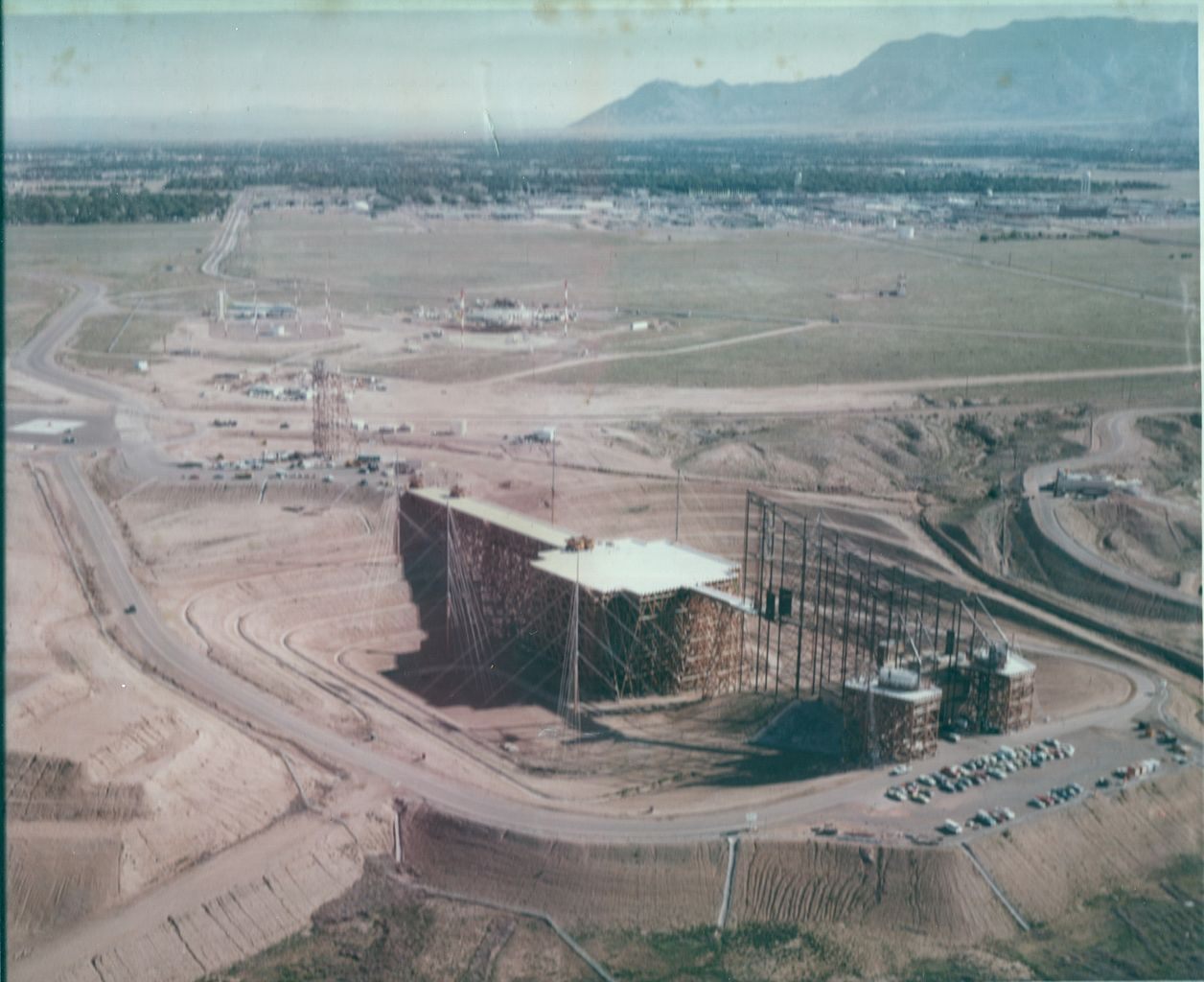
Not all nuclear science is about blowing stuff up. ATLAS-1 (Air Force Weapons Lab Transmission-Line Aircraft Simulator) located in Albuquerque, New Mexico, was created in the late 1970s to test the effects of electromagnetic pulses generated from nuclear blasts on aircraft in flight.
But how do you test this without dropping millions of dollars worth of military aircraft from the sky? Why by building the world’s largest all-wood structure to rest the planes on, of course! The ATLAS facility’s main structure consists of a towering wooden scaffolding held together with nothing but woodworking joints and wooden bolts since any metal would interfere with the EMP monitoring results. Even without any metal joiners, heavy bombers and cargo planes would be placed atop the rickety structure and an EMP would be detonated from below to simulate flight. While this massive scientific work-around was inventive, it was quickly made obsolete by computer modeling and the “Trestle” was left to the termites.
ATLAS-1 remains on an inaccessible military base, increasingly a giant fire hazard as the wood dries out under the desert sun.
Vozrozhdeniye Island
Vozrozhdeniye Island, Kazakhstan

The so-called “Aral Sea” in Kazakhstan is a bit of a misnomer, as the sea that used to exist there has been depleted to two large lakes by the interference of the surrounding civilization.
Once the fourth largest sea on the planet, the body of water was quickly used up by aggressive Soviet irrigation, and while the environmental impact is frightening, it is not as frightening as the discovery of formerly isolated Vozrozhdeniye Island, or in further misnomers, “Rebirth Island.”
As the Aral Sea receded, the island rejoined the mainland and it was discovered to have been home to early and wide-reaching bio-weapons research by the Soviet Union, which had been attempting to weaponize such deadly agents as smallpox and anthrax. It was thought that the remoteness of the island would keep the research secret and safe, but as the sea dried up and the site was abandoned with the fall of the Soviet Union, the leftover bio-weapons were simply left to rot through their containers.
Despite reported clean-up efforts, the major town on the island was similarly abandoned and there have been reports of looting as late as 2005.
Biosphere 2
Oracle, Arizona

The process of putting a colony on Mars is beyond daunting, not just due to the distances involved, but in that once we are there, we have to create a completely self-sustaining environment on an alien world.
To test how this might be done, wealthy oil magnate John P. Allen built Biodome 2 in the late 1980s. Resembling a science-fiction greenhouse, the 3.15 acre glass complex housed micro-environments such as a jungle, a desert, and even a tiny ocean, all manmade. After sealing themselves in, with the understanding that here, like on Mars, leaving wouldn’t be an option, the initial team spent two years inside the project before dwindling oxygen levels, prolonged hunger, and psychological stress split the researchers into two ideologically warring factions. Another team gave an aborted attempt at the project, but the entire endeavor was regarded as stunt science and the tiny manufactured world was abandoned.
After changing hands over the years, the facility is now owned by the University of Arizona, which continues to use the facility to grow food and foster some of the remaining fauna, but all the closed-system research was abandoned.
Kola Superdeep Borehole
Murmansk, Russia

Sometimes reaching new scientific heights means reaching new geologic depths. This has never been truer than in the case of the Kola Superdeep Borehole in Russia.
Mirroring the one-upmanship of the space race between the US and Russia, this geologic research complex started in response to America beginning their own superdeep drilling project.
However, while the US drilling project was subsequently scrapped, the Kola facility drilled on, creating the deepest hole in the world at 7.5 miles. The hole itself was merely nine inches in diameter, but as they delved deeper into the alien world beneath our feet, more and more illuminating discoveries came to light, such as new metamorphic aspects of the Earth and even water literally squeezed out of the immensely pressurized stone. The digging would have continued, but the rising temperatures at their depth made the rock unsuitable for further excavation, and the facility was abandoned.
The Kola borehole depth record was later knocked to a close second place by an oil company, and the shaft itself was welded over and left to be found by curious Russian teenagers or future archeologists.
El Caracol
Chichen Itza, Mexico

Dating back to 906 AD, the El Caracol observatory in the ruined Mayan city of Chichen Itza seems to have been used not only to track the moon and the sun, but more astonishingly the planet Venus, using nothing but architecture and the naked eye.
Reaching out above the rich greenery of the Yucatan Jungle all around it, El Caracol’s central tower bears an uncanny resemblance to modern astronomy towers. The crumbled stone dome at the tower’s apex has a number of remaining viewing windows, which have been shown to align specifically to observe the comings and goings of the planet Venus. At the time the planet must have seemed like a strange star that blinked in and out of existence. What El Caracol may lack in sophisticated machinery, it makes up for in shockingly accurate scientific measurement of celestial bodies.
Having stood silent for thousands of years, the building can still be visited along with the rest of Chichen Itza, and you can see the true persistence of bold scientific dreams.
Wardenclyffe Laboratory and Tower
Long Island, New York

While not as physically impressive as some of the locations on this list, and definitely not as unknown, the Wardenclyffe Tower and Laboratory on Long Island may loom largest in legacy and potential scope.
Built in 1901 by electricity legend Nikola Tesla, the Wardenclyffe facility was an eccentric scientist’s dream complete with powerful millionaire investors and the hidden agenda of providing wireless power for no less than the entire planet. Consisting of a single, large brick building and accompanied initially by a 187-foot transmitting tower which would light the night sky with huge arcs of electricity as Tesla went about his experiments, the site seemed as though it was destined to be the beginnings of a global scientific revolution. However, the more mundane downfall of the location came when Tesla was forced to sell the lab in 1915 to pay for the site’s mortgage and it was abandoned.
Today the original building remains in presentable condition and has been turned into a Tesla museum.
This article was updated with new images on December 17, 2018.


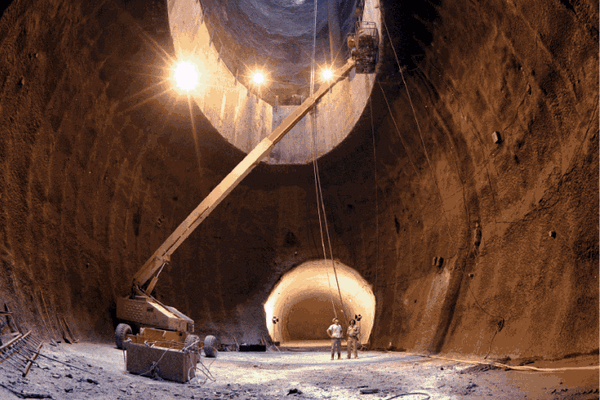


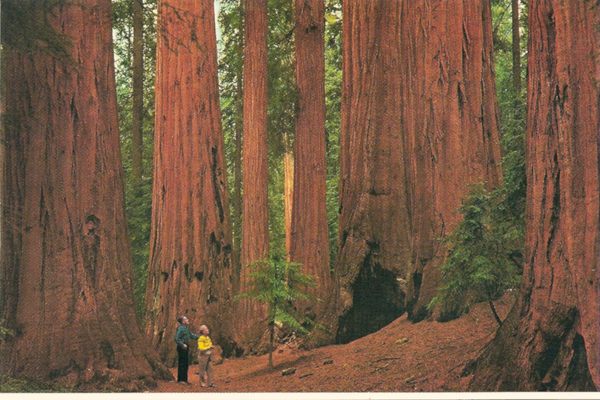















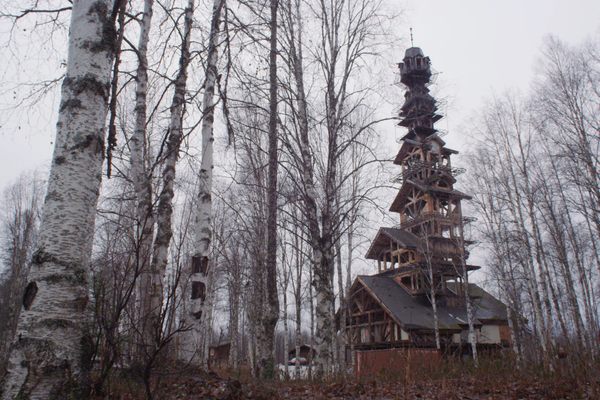

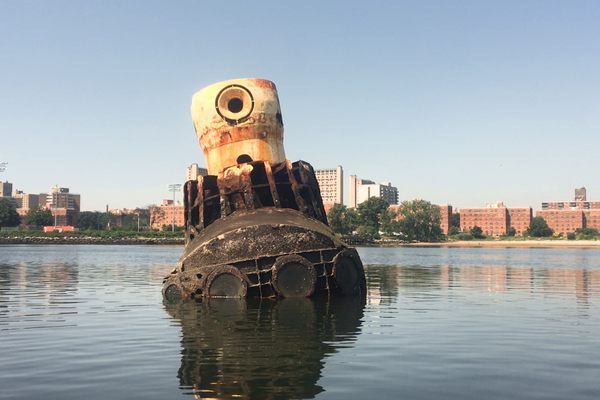
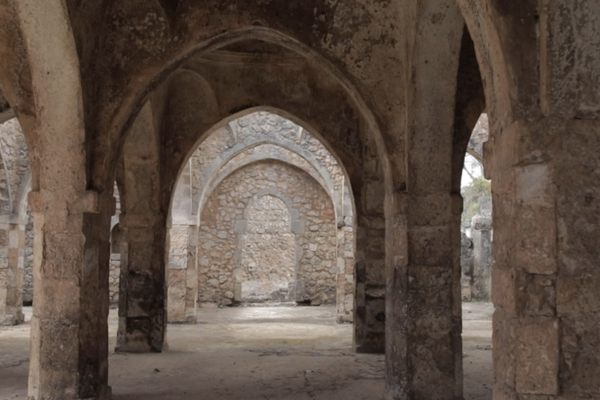

Follow us on Twitter to get the latest on the world's hidden wonders.
Like us on Facebook to get the latest on the world's hidden wonders.
Follow us on Twitter Like us on Facebook